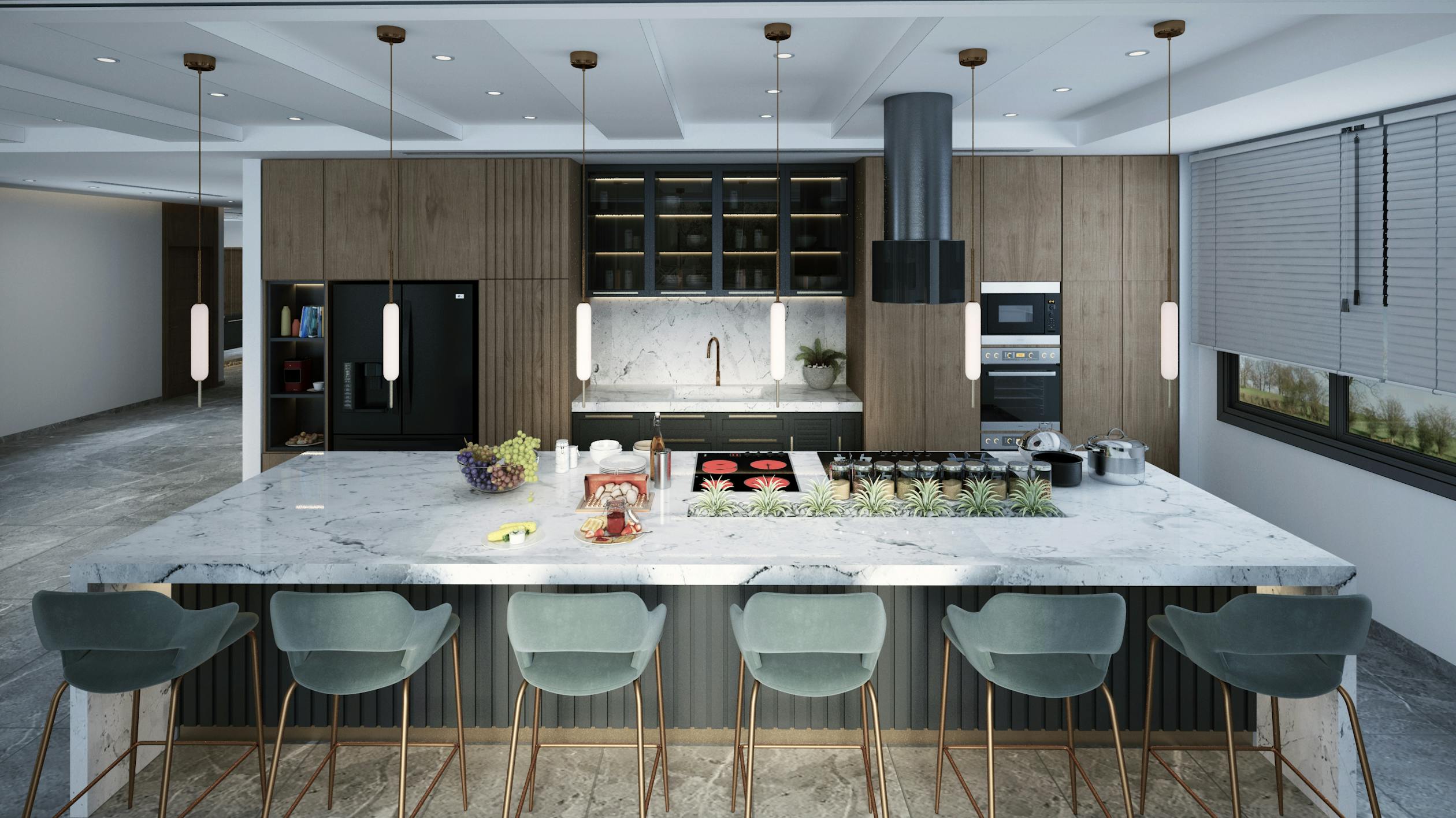The cost-of-living crisis continues to challenge households across the UK. Despite a recent dip in inflation, rates remain high, placing considerable strain on homeowners contemplating renovations. A notable 44% of homeowners express concerns over their ability to afford home improvements due to these economic pressures1.
Amidst these challenges, consumers are gravitating towards home improvement solutions that promise affordability without compromising quality. A year-on-year financial analysis shows that the average expenditure on home renovations has surged from approximately £25,000 in 2022 to nearly £30,000 in 20231. This uptick has bolstered the demand for cost-effective home improvement brands.
Will Frankling, founder of Kitchen Makeovers, highlights three major reasons why his franchise is thriving in this economic climate:
1. Market Movement
“The cost-of-living crisis isn’t easing up soon,” notes Frankling. With persistently high interest rates and inflation, essential costs, including food, have risen by about 25% from January 2022 to January 20242. This squeeze on budgets is pushing consumers towards more affordable home improvement options. Businesses like Kitchen Makeovers are adapting by providing cost-effective services that maintain quality and trust, making them increasingly appealing in a competitive market.
2. Adding Value to Your Home
The recent downturn in the housing market has underscored the importance of making homes stand out. “1 in 4 renovators say adding value is their top motivation,” states Frankling. Many homeowners are now opting for partial renovations, which can significantly enhance a home’s appeal and value without the extensive costs and disruptions of a full remodel. Kitchen Makeovers specializes in these types of updates, focusing on key changes that rejuvenate the space while keeping the existing structures intact.
3. Rising Costs Force Creative Solutions
“In 2022, 94% of UK tradespeople saw their costs increase, and in 2023, this trend continued with 92% reporting higher expenses,” Frankling explains. To combat these rising costs, the home improvement sector is innovating with strategies like virtual showrooms and AI integration, as well as recycling and upcycling practices.
Frankling concludes, “This strategic shift is not just a temporary adjustment but is becoming the blueprint for the future of home improvement. As the market evolves, adaptability is crucial for long-term success. A home improvement franchise offers a promising avenue to be part of this progressive change, providing innovative solutions that enhance the aesthetic, functionality, and value of living spaces.”





